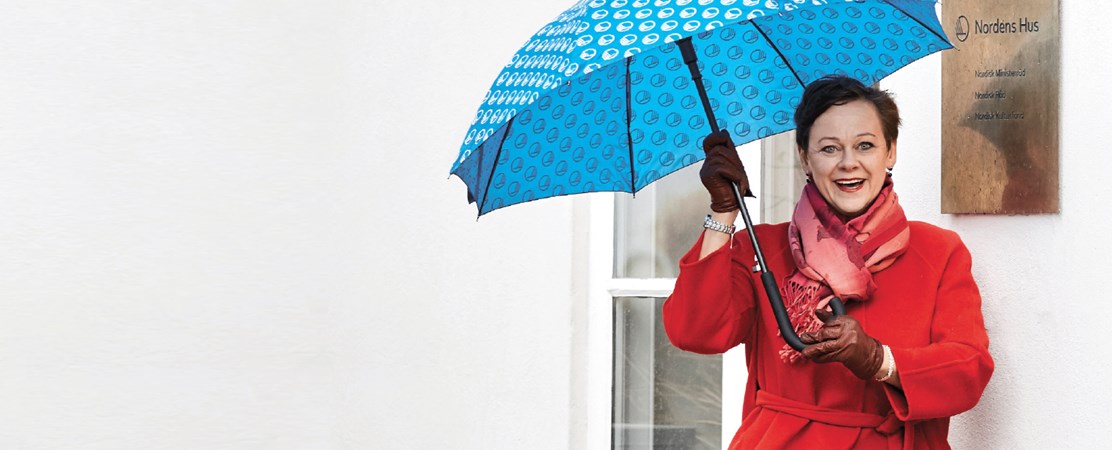New Realities for the Arctic: the Importance of Regional and Circumpolar Cooperation

By Paula Lehtomäki, Secretary General, Nordic Council of Ministers
If you look at a map of the circumpolar area, it is clear that the Arctic plays a big role for the Nordic countries. They all have a stake in the region in one way or another, and together they represent five of the eight countries in the Arctic Council. All of the Nordic countries have developed their own individual Arctic strategies and plans for their own territory on a national level.
Before I recently took on the role of the Secretary General of the Nordic Council of Ministers (NCM), one of my many roles as State Secretary at the Prime Minister’s Office in Finland was to chair Finland’s Arctic Advisory Board. As the chair I quickly realized how important it is to advocate for and highlight the significance of the Arctic region both within Finland and on the international stage.
The question is, what kind of a role does the Nordic Council of Ministers have related to the Arctic, and how can the NCM contribute to further cooperation in the region?
The Nordic Council of Ministers has an important role to play especially when it comes to ensuring focus on cross-sectoral issues such as climate change. Since the establishment of the NCM in 1971, the Nordic countries have cooperated within and across sectors, and they have a long history and tradition in international cooperation. The structure of the NCM allows for a sectoral approach in e.g. environmental issues, culture and industry, but also across sectors on topics such as sustainable development, gender issues, and welfare of children and youth.
The Arctic is a clear example of the need to work across sectors. There is a general understanding that the Arctic is special and therefore deserves special attention, not least when it comes to environmental issues and sustainability. In 1996 the eight Arctic Council states adopted the Ottawa Declaration which clearly states that environmental protection and sustainable development should be issues of particular focus for the Arctic Council and its work.
For the past two decades, the NCM has contributed to projects that have helped increase our understanding of the Arctic and how it is changing and adapting to new circumstances and realities. Special attention has been paid to local communities and their living conditions, particularly indigenous peoples. Since 1996, the eight consecutive Arctic programs of the NCM have allocated close to 19 million euro in total to projects connected to the Arctic, and this way contributed to increased cooperation between the Nordic countries in Arctic research and education. The newest program “Nordic Partnerships for the Arctic” will run from 2018 to 2021 and allocate close to five million euro to Arctic-relevant projects focusing on people, planet, prosperity and partnerships. In essence, the NCM Arctic cooperation program is a powerful tool for the Nordic countries to actively promote the importance of the Arctic, both on a regional level from Greenland in the west to Finland in the east, and outside the Nordic region contributing to international discourse and policy making.
At a recent meeting in Helsinki, Finland, the Prime Ministers of the Nordic countries together with their Ministers of Environment reiterated their commitment to strengthen Nordic climate cooperation and take a leading role in global efforts to fight climate change. They agreed on a Declaration on Nordic Carbon Neutrality, and committed to working towards carbon neutrality in the five Nordic states and pursuing Nordic climate diplomacy in international forums. This will not be easy, but the Nordic countries are committed to lead by example and play their part – also when it comes to the Arctic.
